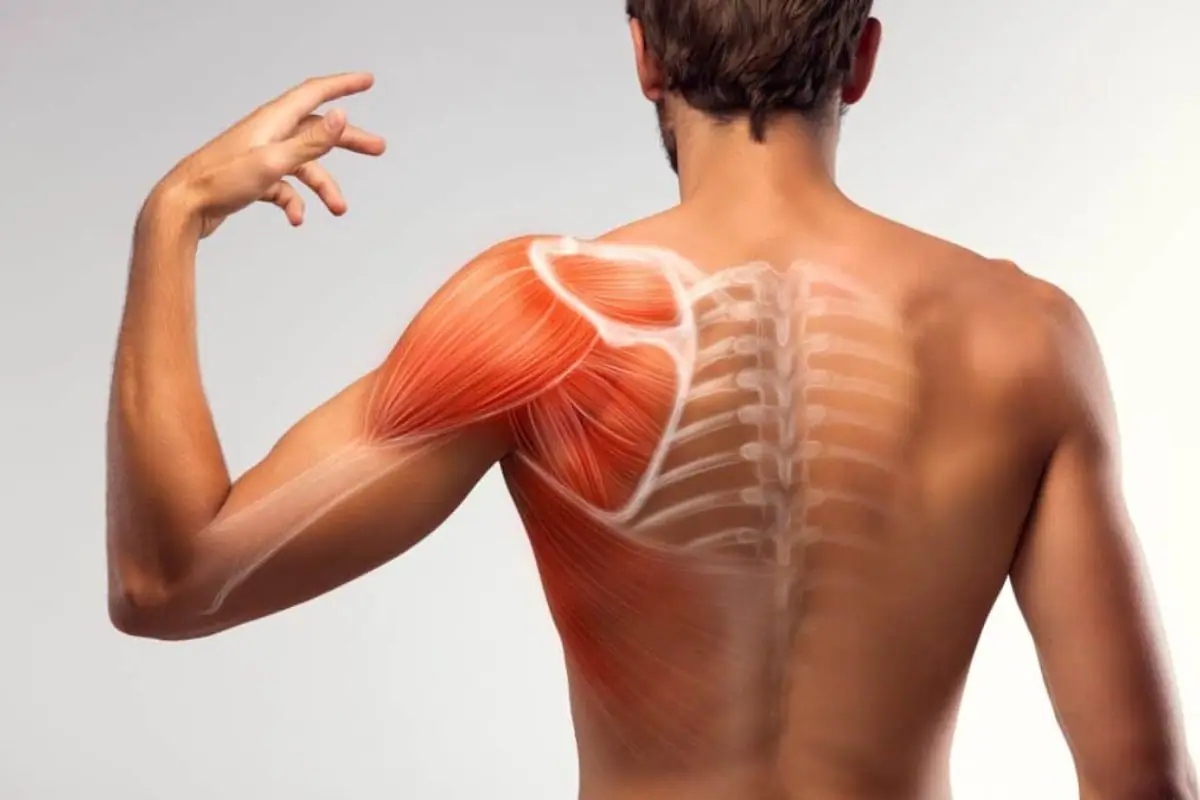Advertisement
10 Symptoms of a Dislocated Shoulder
Advertisement
The shoulder, known for its flexibility, is prone to dislocations, particularly among athletes and the elderly. Recognizing the signs of a dislocated shoulder is crucial for quick and effective treatment. This guide covers the top ten symptoms, including intense pain, visible bone displacement, and numbness. Other signs to watch for are swelling, limited mobility, and unusual changes in temperature around the shoulder. Understanding these symptoms ensures timely medical intervention, essential for recovery and preventing long-term issues. This straightforward overview helps identify and respond to shoulder dislocations effectively.
Numbness
Numbness associated with a dislocated shoulder can be alarming. It might manifest as a complete or partial loss of sensation in the shoulder, extending to the neck, arms, and chest. This symptom underscores the severity of the dislocation, as it often indicates that nerves in the area have been compromised. The numbness generally lasts until the shoulder is realigned and properly healed, necessitating professional medical treatment to ensure full recovery and prevent long-term damage.

Advertisement
Vomiting
The intense pain from a dislocated shoulder can have surprising effects, such as inducing nausea and vomiting. This reaction is a testament to the body's interconnected nature, where severe pain can trigger a systemic response. Vomiting and nausea are serious indications of the injury’s severity and should be treated as signals that the body is under significant stress, requiring immediate medical attention to address both the cause and the symptoms.

Advertisement
Popping Sound
A distinctive popping sound when moving the shoulder is a hallmark of dislocation. This sound, different from the normal joint noises, suggests that the bones have moved out of their natural alignment. It's crucial not to dismiss this as a regular joint sound but to seek a medical evaluation promptly. An x-ray or similar diagnostic imaging will confirm the dislocation, and appropriate treatment plans, including physical therapy, can be initiated.

Advertisement
Swelling and Bruising
Following the trauma of a dislocation, the shoulder area often becomes swollen and bruised. This swelling is due to fluid accumulation in the tissues around the joint, while the bruising results from bleeding beneath the skin. These symptoms can be visually striking and painful, adding to the discomfort of the dislocation. Swift medical intervention is essential to manage swelling and prevent further complications.

Advertisement
Limited Mobility
A dislocated shoulder typically results in a dramatic reduction in arm mobility. The pain and mechanical disruption caused by the dislocation make it difficult, if not impossible, to move the arm without intense discomfort. This loss of function can severely impact daily activities and quality of life. Medical treatment to realign the shoulder is critical for restoring mobility and ensuring the shoulder heals correctly without long-term impairment.

Advertisement
Muscle Spasms
Muscle spasms in and around the dislocated shoulder are a common reaction to the injury. These spasms, while painful, are the body's involuntary attempt to stabilize the area. However, they can increase discomfort and complicate the situation by tightening the muscles around the dislocated joint. Managing these spasms is a crucial part of the treatment, often requiring medication to relax the muscles and facilitate easier realignment and healing.

Advertisement
Altered Shoulder Contour
After a shoulder dislocation, the joint may appear visibly misshapen or lower than the unaffected side. This altered contour is not only a clear indicator of dislocation but also a visually apparent sign that something is significantly wrong. Prompt medical evaluation is essential to assess the extent of the dislocation and to plan the necessary steps for treatment and recovery.

Advertisement
Temperature Changes
Post-dislocation, the injured area may undergo noticeable temperature changes. The skin around the shoulder may feel unusually warm and appear redder due to increased blood flow aimed at healing the injury. Conversely, if there is significant nerve damage, the area might feel cooler to the touch. Monitoring these temperature changes can provide insights into the injury's severity and the healing process, guiding further medical interventions.

Advertisement
Intense Pain
The most immediate symptom of a dislocated shoulder is intense pain. This pain signals that something is amiss, manifesting suddenly and with severe intensity immediately after the injury. The degree of pain can vary based on the severity and nature of the dislocation. For minor dislocations, medical intervention can quickly alleviate discomfort, while more severe dislocations might require prolonged management involving physical therapy and even surgery to mitigate pain and restore function.

Advertisement
Visible Bone Displacement
One of the clearest signs of a dislocated shoulder is visible bone displacement. When the humeral head pops out of the glenoid fossa, it creates a noticeable bulge either at the joint itself or protruding towards the front. This physical deformity not only looks alarming but also causes significant discomfort. Accompanying symptoms can include a tingling sensation, pins and needles, or a numb feeling, indicating nerve involvement or damage.

.png)




